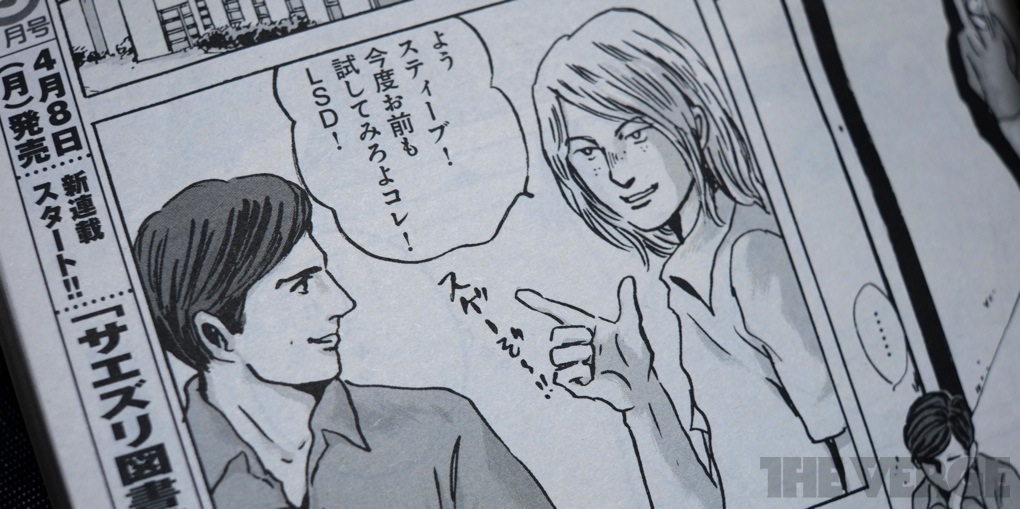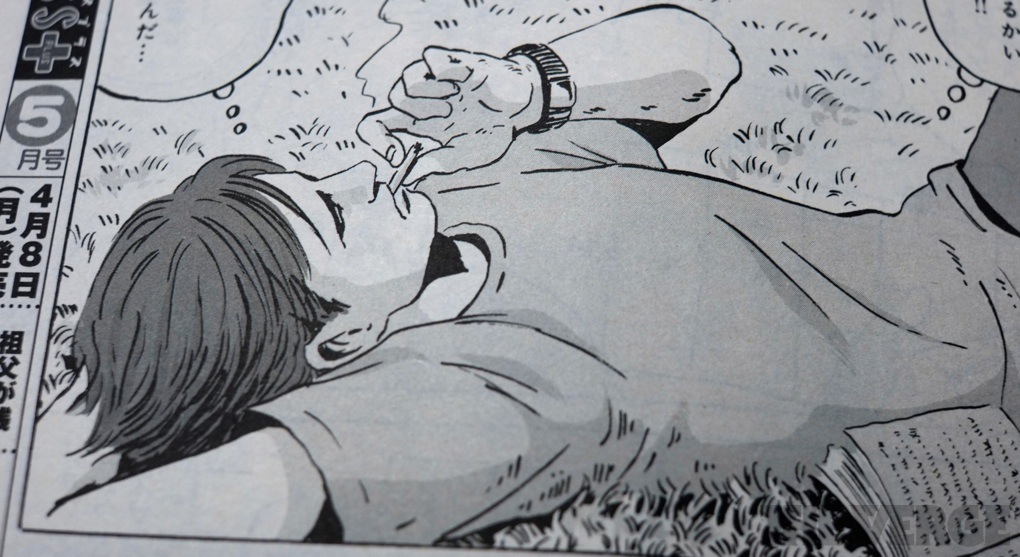In terms of popular culture, March 1963 was a pretty influential month.
The debut album of a British pop band called The Beatles is released,
the Alcatraz Island federal penitentiary was closed for good and issue
#39 of "Tales of Suspense" was released by Marvel Comics. In the issue
of this comic book, a millionaire bachelor scientist named Anthony Stark
made his comic book debut along with his mechanical alter ego, Iron
Man. Since then, the character has gone on to appear in hundreds of
comics, television shows and has been the focus of two feature films
(with the third coming in two months). Throughout Tony Stark's tenure as
'Shell Head,' he has had quite a few different versions of his famous
Iron Man armor. While this article is by no means a complete list of
every suit of armor he has worn, we've done our best to hit all of the
highlights. So, without further ado, the armors of Iron Man!
THE REGULAR ARMOR SERIES
 Mark I
Mark I
A war prisoner, Tony Stark was forced to create a weapon by the
Communist leader Wong Chu. He called Chu's bluff and outfitted a suit of
armor with several technologies he had already been perfecting and thus
the Iron Man Mark I armor was born. Fitted to it were the now famous
boot-jets, a magnetic field disruptor, a blow torch, and finger saw.
 Mark II
Mark II
The very next issue of "Tales of Suspense" featured the already
upgraded version of the armor. It differed from its predecessor by
changing the color scheme from silver to gold and many now defunct
features such as an attached megaphone. This was also the armor that
Tony used the very first time The Avengers formed together to stop Loki.
It is often referred to as the 'Golden Avenger' armor.
 Mark III
Mark III
Created because he was almost killed in a fight with Mister Doll, the
Mark III has become the design and layout for the armor that made Iron
Man famous. This sleeker and more lightweight design has been the staple
of Iron Man's armor for decades and the first time his mask was ever
equipped with the fabled “horns.” It's often referred to as the 'Ditko
Armor' because famous Marvel artist Steve Ditko designed it.
 Mark IV
Mark IV
Two years later, the Iron Man armor would get another upgrade. The Mark
IV armor's primary difference, and largest addition to the Iron Man
mythology, is the use of the repulsor rays. The helmet for the Mark IV
was also a more slick and rounded design from the pointed 'horns' of the
previous version.
 Mark V
Mark V
Over ten years would go by before Iron Man upgraded his standard armor
once again. The reason Tony upgraded this time was due to a fight he had
with a villain known as 'The Freak,' who you might know as Happy Hogan.
Yes, Tony Stark's bodyguard was turned into a radioactive monster due
to an accident at Stark's lab and caused enough damage to the Mark IV to
warrant an upgrade. This was also the armor that James Rhodes wore when
he briefly replaced Tony behind the mask.
 Mark VI
Mark VI
Another decade would go by before another suit of armor was created.
Initially made as only a test model, Stark was forced to use it in a
battle alongside James Rhodes in the regular Iron Man armor. The Mark VI
was a throwback to the original armor but less bulkier. It used the
same color scheme and had more rounded edges than its predecessors.
 Mark VII
Mark VII
Later that same year the Mark VII would show up and be just as
different of a design from the previous incarnations as the Mark III was
to the Mark II. The Mark VII is widely known as the “Silver Centurion
Armor.” It changed the color pattern from red and gold to red and silver
and featured the biggest addition to the armor in its new found
“Chameleon effect.” Using this effect, the armor could blend into the
environment around it.
 Mark VIII
Mark VIII
This armor was created to battle another armored villain called
Firepower. It was designed specifically to negate his powers and was
successful in defeating him. The armor was outfitted with the ability to
travel through space and also featured a universal communicator. Stark
thought the armor was far too powerful to be in the world and worried it
might fall into the wrong hands. Tony decided to destroy the armor at
first but had a change of heart.













 LINK: More C.L.A.W. Real Life Comics photos
LINK: More C.L.A.W. Real Life Comics photos













 LINK: More C.L.A.W. Real Life Comics photos
LINK: More C.L.A.W. Real Life Comics photos

 Mark I
Mark I Mark II
Mark II Mark III
Mark III Mark IV
Mark IV Mark V
Mark V Mark VI
Mark VI Mark VII
Mark VII Mark VIII
Mark VIII






